Essentials of Pocket Watch Movements

Pocket watches is among the classiest fashion accessories for men. There are several types of pocket watches featuring their own unique characteristics. A subtle contrasting aspect featured in pocket watches is the movement. A general knowhow about pocket watch movement helps know these exquisite timepieces better. There are four primary types of pocket watch movements: Key-wind, Key-set movements, Stem-wind, stem-set movements, Stem-wind, level set movement and Stem-wind lever set movement.
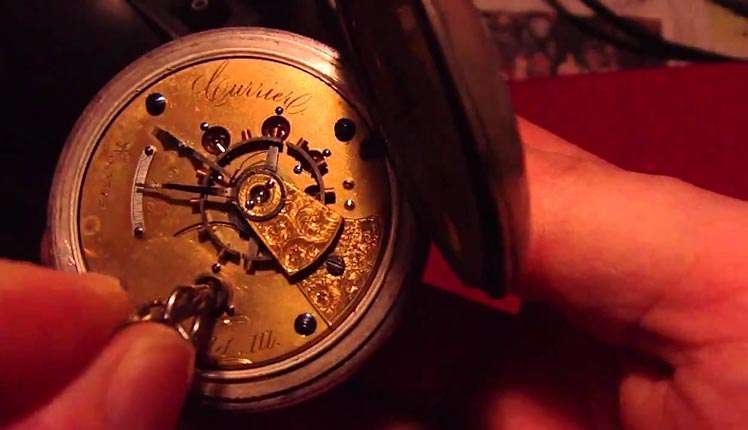
Key-wind, Key set
It is the origin of key movement dating back to 16th century. In those times, the fusee was used as the main control. It is mechanical set up comprising of a conical pulley attached by a fine chain to the main barrel. Earlier, pocket watches required winding and setting the time. The lid or the back of the case could be opened and the key was used to wind the arbor. In some watches, this arbor was also fixed in front of the watch.
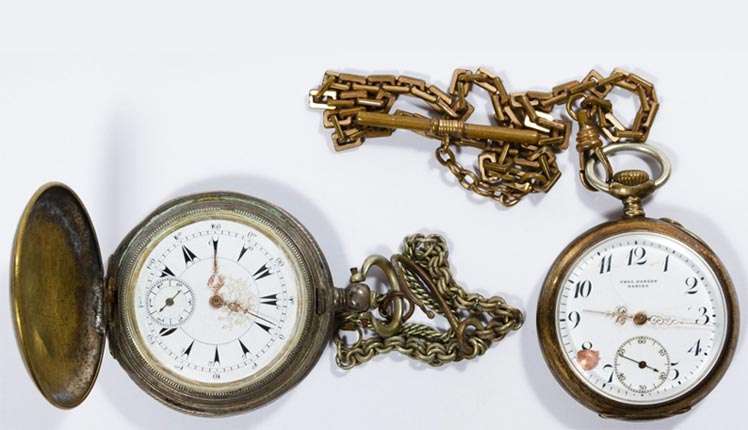
Stem-wind, stem-set
This technique was invented by Adrien Philippe in 1842, as a replacement of the Key wind, key-set movement. In these watches, the fusee system was replaced by a quality spring steel, known as the “going barrel”. These system is still in use and is featured in modern watches. The stem-wind pocket watches were sold for the first time in 1851 and the buyers were Queen Victoria and Prince Albert.
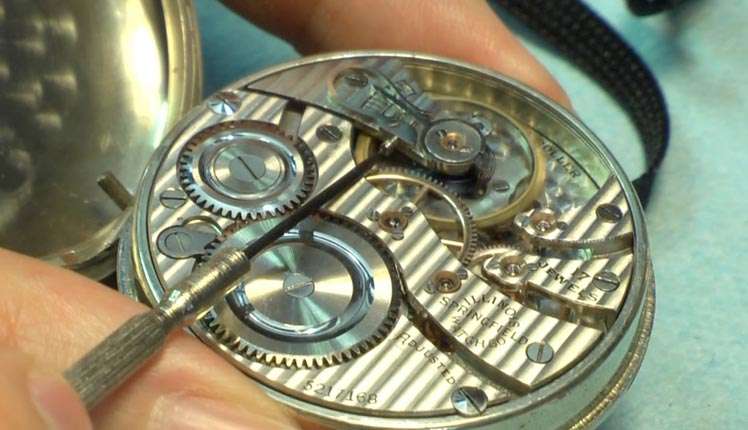
Stem-wind, lever-set
This movement became popular after 1908 with the break-through of railroad watches. In these watches the crystal and bezel were opened to set. The setting lever could be pulled out exposing the crown to set the time. After setting, the lever is pushed back and the crystal-bezel closed again. These watches also came with hunter-cases, which does not require opening the crystal-bezel setting. These watches were widely used in American and Canadian railroad.
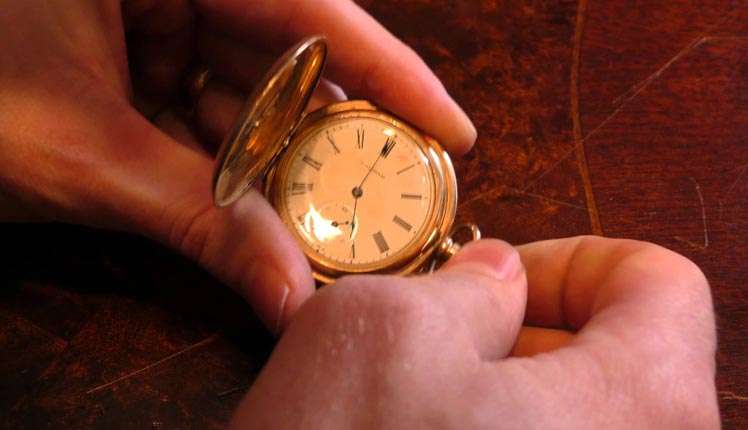
Stem-wind, pin-set
Watches with these movements are also known as “nail set”, as nails or fingers could be used to set the time. These watches are similar to stem-wind setting, but they had a small pin next to the stem. This pin could be pressed before turning the crown. After setting the time, the pin is released.
Also Read : The Timeless Handcrafted Timepieces that defied the marks of Time

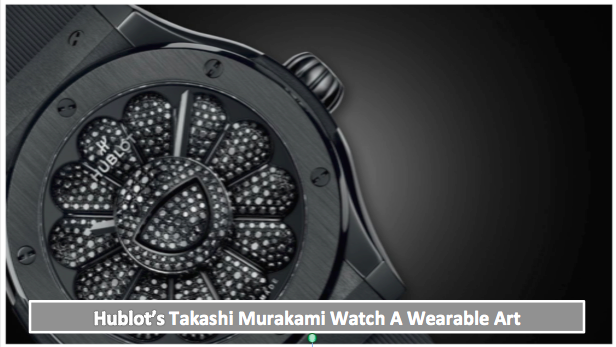
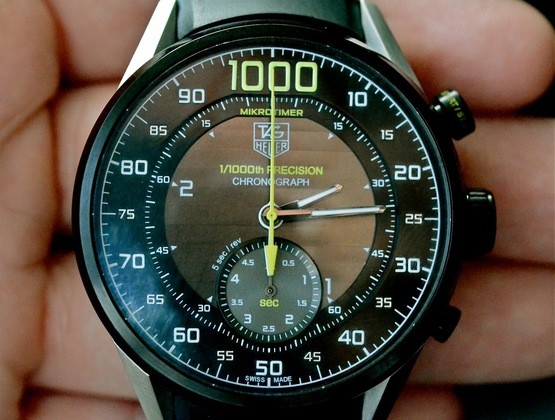



.jpg)
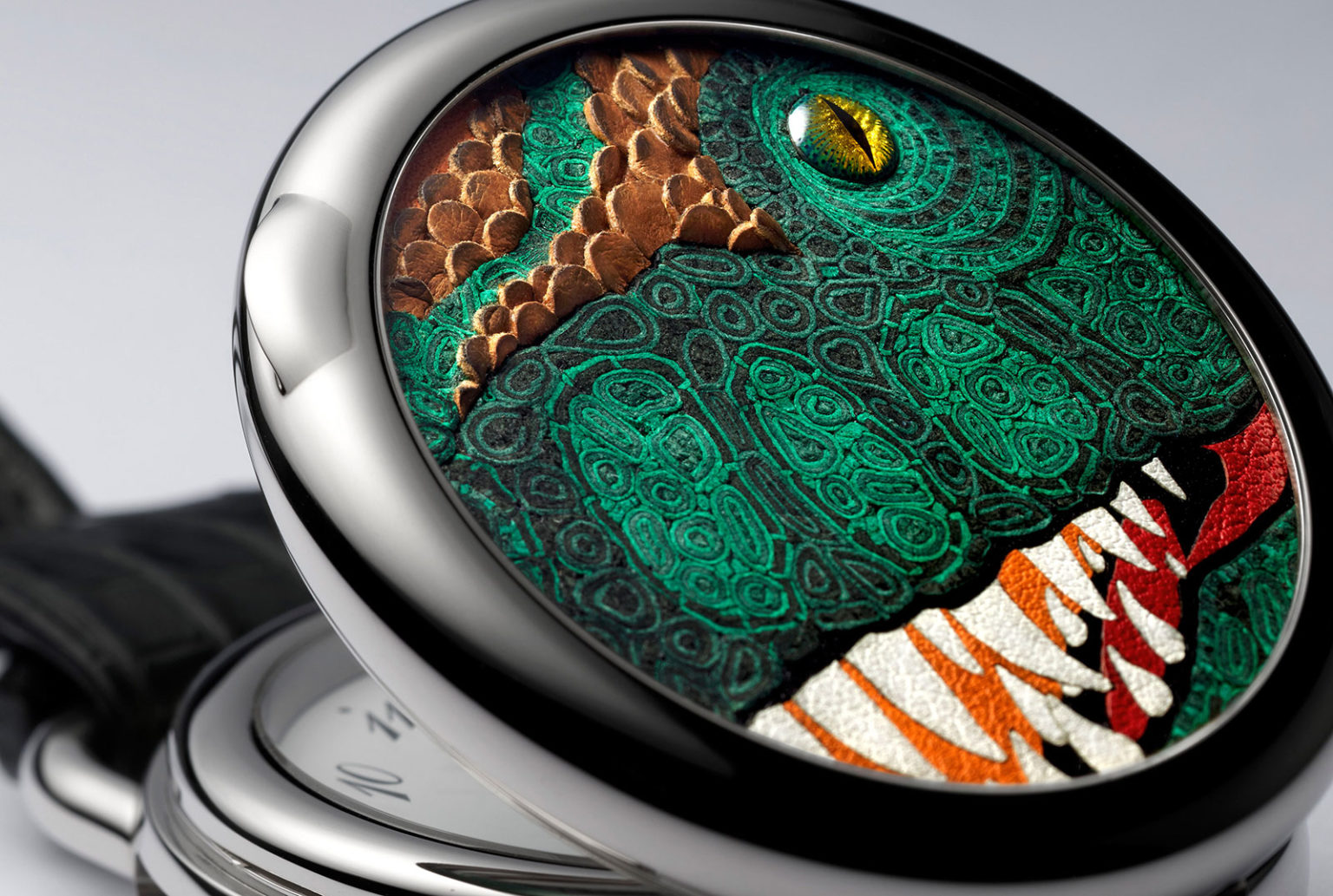



.jpg)






